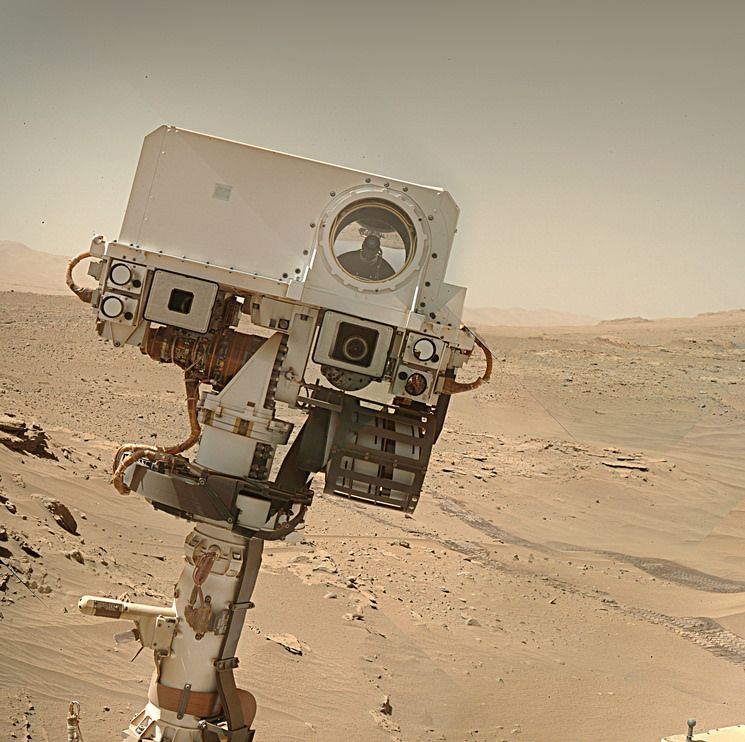

Ah, but you mustn’t forget that Percy’s microphone is also keenly listening in whenever it uses the laser. The geologists are using the sounds of the explosions to estimate the hardness and material properties of the rocks they’re shooting:
We find that louder and more stable acoustic signals are recorded from rock with compact surfaces, i.e., low presence loose particulate material, and harder mineral phases in their composition.
We would therefore be quite aware of any screams from Martian life-forms we inadvertently shoot.
Just saying.




Yes, quite a few of those have been spotted up and down this hillside. Rocks of this type are currently under active investigation by the science team.